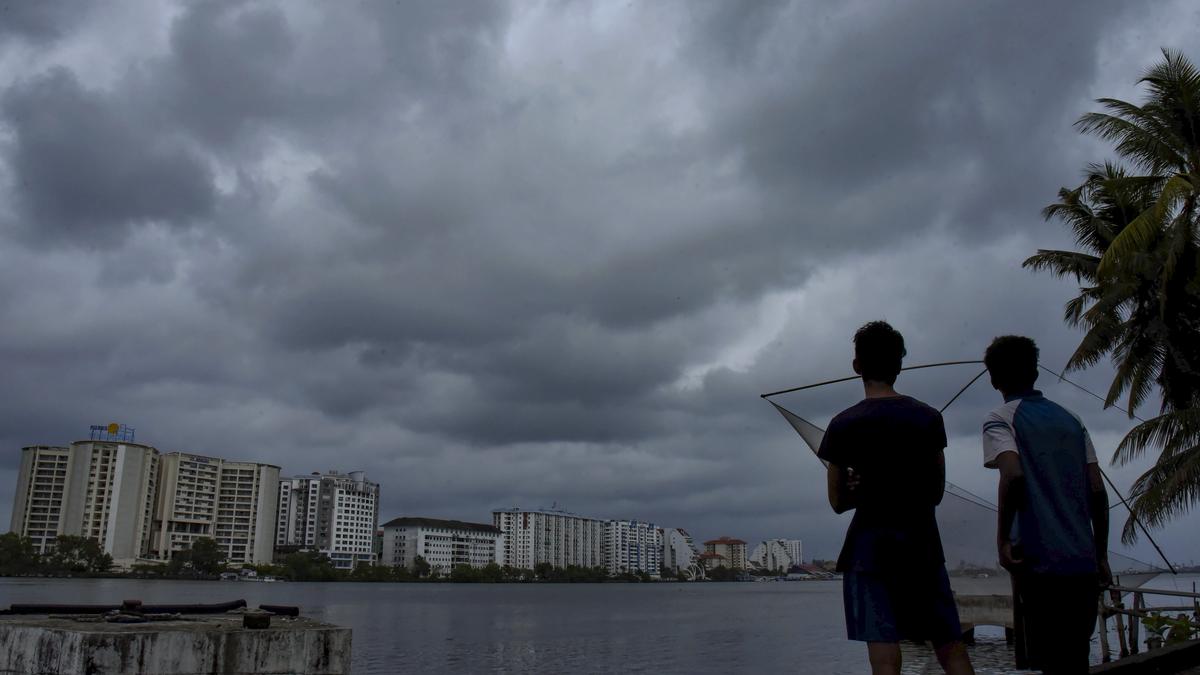
Hyderabad-based INCOIS forecasts La Nina climate conditions from July to February
The Hindu
Indian National Centre for Ocean Information Services forecasted a clear transition from El Nino to La Nina conditions
Hyderabad-based Indian National Centre for Ocean Information Services (INCOIS), under the Ministry of Earth Sciences (MoES) has informed that the sea surface temperature anomaly signature in the eastern Pacific Ocean indicates a clear transition from El Nino to La Nina conditions. In general, a prevailing La Niña condition in the Pacific Ocean is considered to be good for Indian monsoon.
Probability of La Nina development is high in July-September (70-90%), and its continuation until February 2025 (50-70%), the institute has said in its maiden bulletin on the climate phenomenon after having bolstered itself recently with the technology to track it.
La Niña refers to the negative phase of the El Niño Southern Oscillation (ENSO), during which the eastern and central Pacific Ocean is unusually cold. Also, the sea surface temperature in the tropical Indian Ocean remains relatively cool and hence the probability of the occurrence of marine heatwaves in the subsequent spring season is low. On the contrary, the positive phase of ENSO, usually referred as El Niño, is associated with a warmer than usual eastern/central Pacific Ocean.
El Nino has an adverse effect on the Indian summer monsoon rainfall which affects the country’s economy. It is also found to cause stronger and prolonged marine heatwaves in the northern Indian Ocean, particularly in the spring/early summer, damaging the ecological balance, coral reefs and causing significant losses to the fishery industry.
Thus, monitoring the El Niño condition and predicting its further evolution with sufficient lead time is of prime importance for better preparedness and policy making. This bulletin outlines the current state of the Pacific Ocean and an outlook on the evolution of El Niño/La Nina conditions in the subsequent seasons, said director T. Srinivasa Kumar.
There was a prevailing El Niño condition in the Pacific Ocean for the past one year from April 2023 onwards. By October- November 2023, the El Niño condition peaked in the central Pacific Ocean with enhanced deep-reaching subsurface positive temperature anomalies. But, the positive anomaly signature started to relax with a rapid cooling in the eastern Pacific Ocean by May 2024, indicating an abrupt end of the current El Niño, he explained.
INCOIS had devised a deep learning-based Bayesian Convolutional Neural Network (BCNN) model to have probabilistic outlooks of the future evolution of El Nino for a lead time of 15 months. When compared to the widely used dynamical forecast systems, this model offers a much more lead time in ENSO prediction, said the director. The model predicts that the Pacific Ocean conditions will be transitioning into La Nina conditions in the monsoon season of 2024 with a very high probability which could last up to early next year, he added.

After Leader of the Opposition in the Assembly R. Ashok’s prediction on Saturday that Chief Minister Siddaramaiah will step down in November 2025 triggered intense political discussions in the State, Home Minister G. Parameshwara on Sunday said Mr. Siddaramaiah will continue for the full five-year term.

 Run 3 Space | Play Space Running Game
Run 3 Space | Play Space Running Game
 Traffic Jam 3D | Online Racing Game
Traffic Jam 3D | Online Racing Game
 Duck Hunt | Play Old Classic Game
Duck Hunt | Play Old Classic Game
















